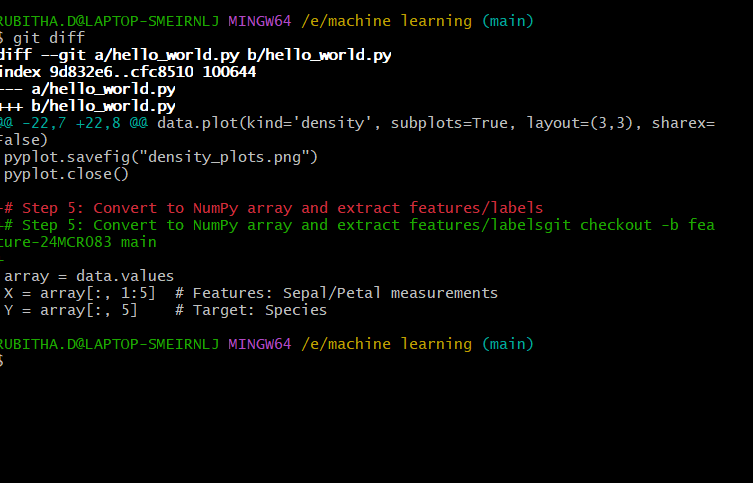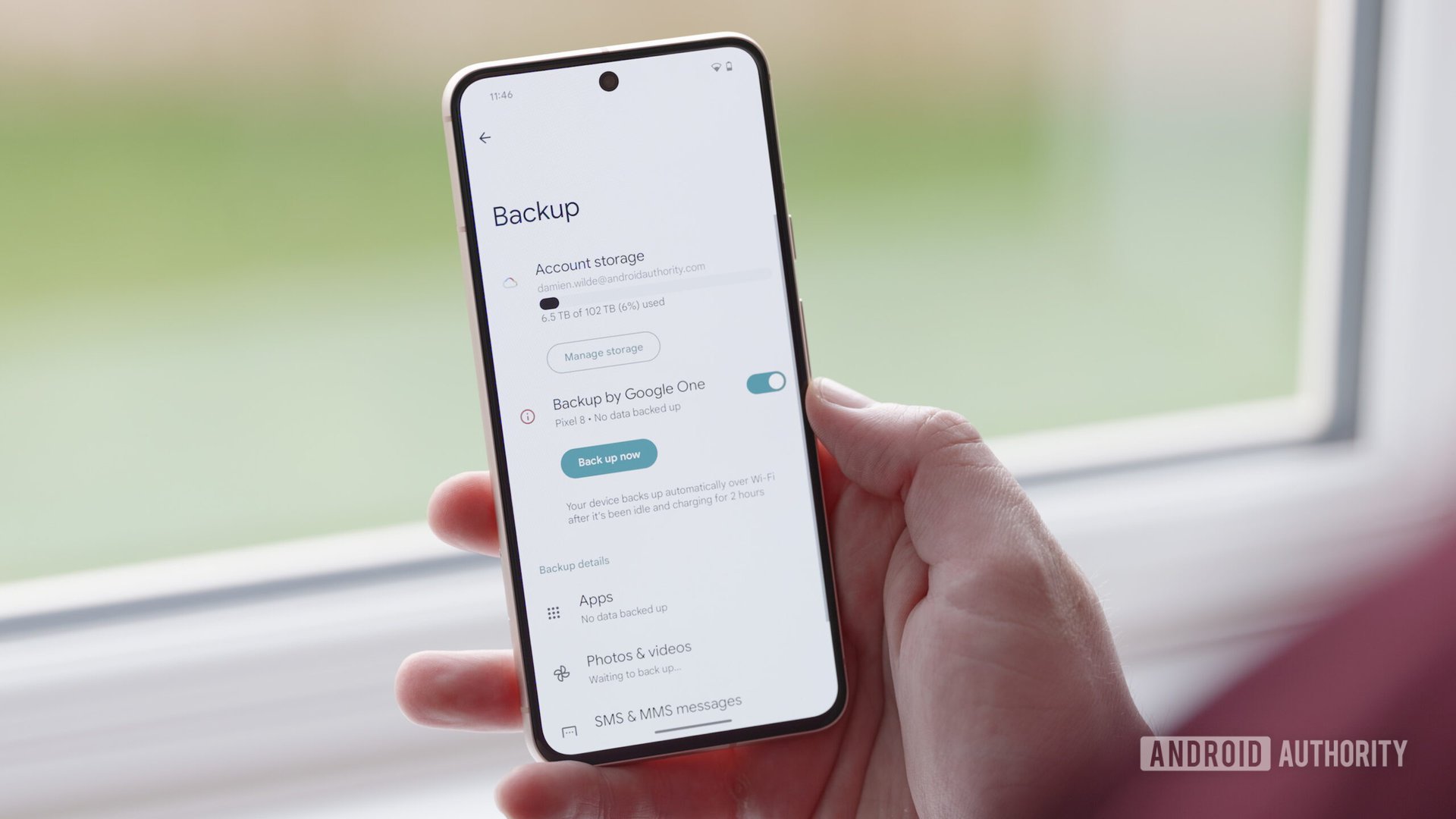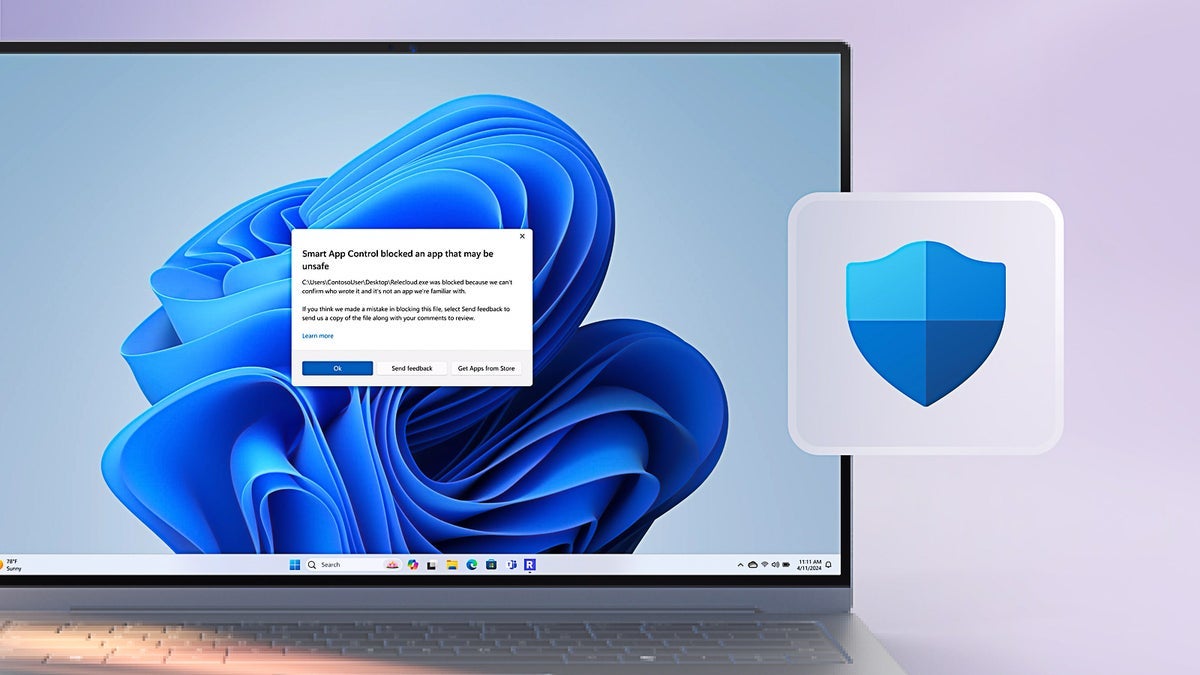What Is Live Unit Testing & Why Should Developers Care?
In the ever-accelerating world of software development, where agility and continuous delivery are the new norms, developers constantly seek ways to catch defects early, reduce rework, and boost productivity. One concept gaining traction is Live Unit Testing. More than just a new buzzword, live unit testing represents a powerful shift in how developers approach writing and validating code. This article explores what live unit testing is, how it works, why it matters, and how developers can start adopting it for better, faster software development. What Is Live Unit Testing? Live unit testing is a development practice where unit tests are automatically and continuously executed in the background as the developer writes or modifies code. Instead of waiting until after writing a large portion of code to run tests manually, live unit testing provides immediate feedback — showing whether changes break existing tests or cause new errors, almost in real time. Think of it as having a silent partner working beside you, instantly alerting you whenever something in your code isn’t working as intended. Unlike traditional unit testing, which often involves running test suites manually at designated times, live unit testing keeps the feedback loop tight. Every time the developer types, saves, or modifies code, relevant unit tests are triggered automatically, with results immediately reflected in the development environment. How Does Live Unit Testing Work? At its core, live unit testing operates on a simple yet transformative cycle: Continuous Monitoring: As developers edit files, the environment continuously monitors changes at a fine-grained level (functions, methods, classes). Dynamic Test Discovery: The system identifies which unit tests are impacted by the current changes. Selective Execution: Only the relevant subset of unit tests is executed, not the entire test suite. This keeps feedback immediate and unobtrusive. Instant Feedback: Results are surfaced almost immediately, typically through visual cues like pass/fail indicators alongside the code or within an interface panel. Actionable Insights: Developers instantly see which tests failed, why they failed, and which lines of code were affected, allowing for quick iteration. By continuously validating code against unit tests during active development, live unit testing removes the traditional delay between writing code and discovering defects. Why Live Unit Testing Matters Traditional unit testing practices — though critical — often suffer from delayed feedback. Developers might finish a full feature or a sprint’s worth of tasks before running the complete test suite, only to find that bugs or regressions have crept in. This creates rework, slows down delivery, and introduces risks as issues stack up. Live unit testing addresses these problems head-on: Tighter Feedback Loop: Developers are notified of issues while they’re still deeply familiar with the code they just wrote. Fixes become faster and more accurate. Reduced Context Switching: Instead of finishing a task, moving on, and then circling back to fix late-detected issues, developers stay focused and fix problems immediately. Encourages Best Practices: Because developers see tests failing instantly, they are more motivated to follow principles like writing modular, testable code. Early Defect Detection: Small mistakes and regressions are caught within minutes, not days or weeks later during a QA cycle. In a world where speed, agility, and reliability are all paramount, live unit testing becomes a crucial part of a modern developer’s toolkit. Benefits of Live Unit Testing for Developers Let’s break down the specific advantages live unit testing offers developers: 1.Boosts Developer Confidence When developers see green lights beside their code changes in real time, they gain immediate assurance that their changes haven’t broken anything critical. This leads to more confident commits and faster feature delivery. 2.Accelerates Debugging and Fixing Errors are easier to fix when they are detected right after the code is written. The mental context is still fresh, so diagnosing and addressing the root cause happens much faster than if problems are found later. 3.Supports Test-Driven Development (TDD) Live unit testing complements TDD beautifully by providing real-time feedback as developers alternate between writing tests and code. It helps enforce the discipline required to write tests first and validate functionality immediately. 4.Improves Code Quality Because developers are immediately aware when their code introduces issues, they naturally write cleaner, more maintainable code. It enforces the principle of building small, independent, and testable components. 5.Encourages Iterative Development Small, iterative coding and testing cycles reduce the chance of large-scale architectural mistakes. Live unit testing supports building software a little at a time — safely and incrementally. 6.Enh

In the ever-accelerating world of software development, where agility and continuous delivery are the new norms, developers constantly seek ways to catch defects early, reduce rework, and boost productivity. One concept gaining traction is Live Unit Testing. More than just a new buzzword, live unit testing represents a powerful shift in how developers approach writing and validating code.
This article explores what live unit testing is, how it works, why it matters, and how developers can start adopting it for better, faster software development.
What Is Live Unit Testing?
Live unit testing is a development practice where unit tests are automatically and continuously executed in the background as the developer writes or modifies code. Instead of waiting until after writing a large portion of code to run tests manually, live unit testing provides immediate feedback — showing whether changes break existing tests or cause new errors, almost in real time.
Think of it as having a silent partner working beside you, instantly alerting you whenever something in your code isn’t working as intended.
Unlike traditional unit testing, which often involves running test suites manually at designated times, live unit testing keeps the feedback loop tight. Every time the developer types, saves, or modifies code, relevant unit tests are triggered automatically, with results immediately reflected in the development environment.
How Does Live Unit Testing Work?
At its core, live unit testing operates on a simple yet transformative cycle:
Continuous Monitoring: As developers edit files, the environment continuously monitors changes at a fine-grained level (functions, methods, classes).
Dynamic Test Discovery: The system identifies which unit tests are impacted by the current changes.
Selective Execution: Only the relevant subset of unit tests is executed, not the entire test suite. This keeps feedback immediate and unobtrusive.
Instant Feedback: Results are surfaced almost immediately, typically through visual cues like pass/fail indicators alongside the code or within an interface panel.
Actionable Insights: Developers instantly see which tests failed, why they failed, and which lines of code were affected, allowing for quick iteration.
By continuously validating code against unit tests during active development, live unit testing removes the traditional delay between writing code and discovering defects.
Why Live Unit Testing Matters
Traditional unit testing practices — though critical — often suffer from delayed feedback. Developers might finish a full feature or a sprint’s worth of tasks before running the complete test suite, only to find that bugs or regressions have crept in. This creates rework, slows down delivery, and introduces risks as issues stack up.
Live unit testing addresses these problems head-on:
Tighter Feedback Loop: Developers are notified of issues while they’re still deeply familiar with the code they just wrote. Fixes become faster and more accurate.
Reduced Context Switching: Instead of finishing a task, moving on, and then circling back to fix late-detected issues, developers stay focused and fix problems immediately.
Encourages Best Practices: Because developers see tests failing instantly, they are more motivated to follow principles like writing modular, testable code.
Early Defect Detection: Small mistakes and regressions are caught within minutes, not days or weeks later during a QA cycle.
In a world where speed, agility, and reliability are all paramount, live unit testing becomes a crucial part of a modern developer’s toolkit.
Benefits of Live Unit Testing for Developers
Let’s break down the specific advantages live unit testing offers developers:
1.Boosts Developer Confidence
When developers see green lights beside their code changes in real time, they gain immediate assurance that their changes haven’t broken anything critical. This leads to more confident commits and faster feature delivery.
2.Accelerates Debugging and Fixing
Errors are easier to fix when they are detected right after the code is written. The mental context is still fresh, so diagnosing and addressing the root cause happens much faster than if problems are found later.
3.Supports Test-Driven Development (TDD)
Live unit testing complements TDD beautifully by providing real-time feedback as developers alternate between writing tests and code. It helps enforce the discipline required to write tests first and validate functionality immediately.
4.Improves Code Quality
Because developers are immediately aware when their code introduces issues, they naturally write cleaner, more maintainable code. It enforces the principle of building small, independent, and testable components.
5.Encourages Iterative Development
Small, iterative coding and testing cycles reduce the chance of large-scale architectural mistakes. Live unit testing supports building software a little at a time — safely and incrementally.
6.Enhances Team Collaboration
Developers who consistently use live unit testing contribute higher-quality code to shared repositories. This leads to smoother code reviews, fewer integration conflicts, and a healthier development pipeline.
Getting Started With Live Unit Testing
Adopting live unit testing doesn’t have to be a massive undertaking. Here’s how developers can begin integrating it into their daily work:
1.Write Effective Unit Tests
The foundation of live unit testing is having robust unit tests that are:
Atomic: Test one thing and one thing only.
Independent: Tests should not rely on the state of other tests.
Fast: Quick execution ensures immediate feedback.
Developers should focus on writing a solid base of unit tests for key functions and classes.
2.Organize Code for Testability
Well-structured code naturally lends itself to better testing. Developers should prioritize:
Loose Coupling: Minimize dependencies between components.
High Cohesion: Group related functionality together.
Clear Interfaces: Make units of code easy to isolate and test.
Designing for testability pays off immensely when live unit testing is in place.
3.Maintain Testing Discipline
Live unit testing thrives when developers treat tests as first-class citizens. This includes:
Writing new tests alongside (or even before) implementing features.
Updating and maintaining tests as requirements evolve.
Regularly refactoring test code for readability and maintainability.
Treating tests with the same care as production code ensures the reliability of live feedback.
4.Start Small, Scale Gradually
Teams new to live unit testing should start with a pilot project or a small codebase. As familiarity grows, it can be expanded to cover more projects and team members.
5.Foster a Testing Culture
Ultimately, live unit testing succeeds best in a culture that values quality, transparency, and collaboration. Encourage teams to see testing not as a bottleneck but as an accelerator of success.
Conclusion
In today’s high-speed, high-stakes development environment, live unit testing is more than a nice-to-have — it’s an essential practice for modern software teams. By providing continuous, instant feedback, live unit testing reduces bugs, increases confidence, and helps developers deliver better code, faster.
While adopting live unit testing requires a mindset shift toward more disciplined, test-driven practices, the payoff is substantial. Developers gain the ability to catch mistakes early, maintain high code quality, and move rapidly without sacrificing reliability.
In short, live unit testing empowers developers to work smarter, not harder — building software that delights users and withstands the test of time.
















































.jpg)















































































































![[The AI Show Episode 143]: ChatGPT Revenue Surge, New AGI Timelines, Amazon’s AI Agent, Claude for Education, Model Context Protocol & LLMs Pass the Turing Test](https://www.marketingaiinstitute.com/hubfs/ep%20143%20cover.png)
































































































































![[DEALS] Koofr Cloud Storage: Lifetime Subscription (1TB) (80% off) & Other Deals Up To 98% Off – Offers End Soon!](https://www.javacodegeeks.com/wp-content/uploads/2012/12/jcg-logo.jpg)














































































































-RTAガチ勢がSwitch2体験会でゼルダのラスボスを撃破して世界初のEDを流してしまう...【ゼルダの伝説ブレスオブザワイルドSwitch2-Edition】-00-06-05.png?width=1920&height=1920&fit=bounds&quality=70&format=jpg&auto=webp#)

























_roibu_Alamy.jpg?width=1280&auto=webp&quality=80&disable=upscale#)


.webp?#)












































































































![M4 MacBook Air Drops to Just $849 - Act Fast! [Lowest Price Ever]](https://www.iclarified.com/images/news/97140/97140/97140-640.jpg)
![Apple Smart Glasses Not Close to Being Ready as Meta Targets 2025 [Gurman]](https://www.iclarified.com/images/news/97139/97139/97139-640.jpg)
![iPadOS 19 May Introduce Menu Bar, iOS 19 to Support External Displays [Rumor]](https://www.iclarified.com/images/news/97137/97137/97137-640.jpg)



































































































